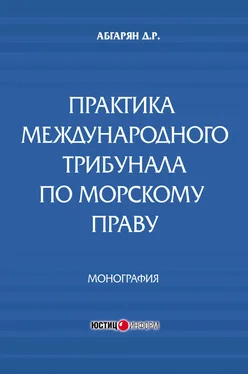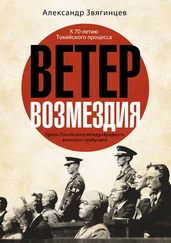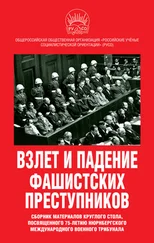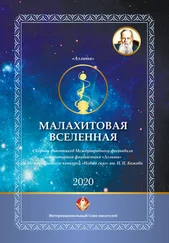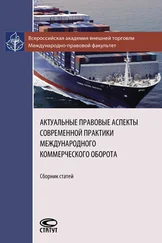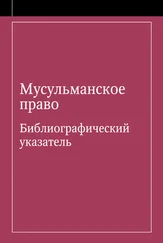The comprehensive nature of the UN Convention on the Law of the Sea has made inevitable its compromise nature, that is, incomplete clarity of many of its provisions. Therefore, almost immediately after the formation of the Tribunal, states began to turn to the Tribunal because of the different legal positions held by them on certain aspects of the Convention. Pursuing resolution of disputes on the merits and establishing a procedural framework of the proceedings, the Tribunal is constantly faced with the need to interpret the many articles of the Convention, sometimes down to individual terms.
The Tribunal is of great importance because it also assesses the legal regulation of the extraction of mineral resources of the deep seabed which received the status of the common heritage of mankind, a completely new legal concept.
The Tribunal also has direct relevance for our country, as the Tribunal considers cases directly affecting the interests of the Russian Federation, as evidenced by the fact that in a number of cases decided by the Tribunal, the Russian Federation has performed both as a plaintiff and as a defendant. Knowledge of the basics of the Tribunal will also be important to protect the interests of the Russian Federation in the future. For proper evaluation of the Tribunal as a place in the system of peaceful settlement of international disputes, and its effectiveness in facilitating the establishment of a reliable rule of law in the oceans should carefully consider its methods of work and the position it occupies on specific issues.
The purpose of this paper is to examine the activities of the International Tribunal for the Law of the Sea and the elucidation of its effectiveness as a new international judicial institution.
For this purpose the author has dealt with the following issues:
– To analyze the place of the International Tribunal for the Law of the Sea in the system of settlement of international maritime disputes;
– Consider the competence of the Tribunal;
– Explore the role that international judicial institutions in general and in particular the Tribunal play in the development of international law;
– Trace the part of the Tribunal in the settlement of international disputes in different areas of ocean activities;
– To establish the specificity of the Tribunal’s decisions regarding the prompt release of vessels;
– To consider the role of the Tribunal on the issue of interim measures of legal protection;
– Analyze the process of resolving disputes regarding the interpretation and application of the UN Convention on the Law of the Sea;
– To investigate the activities of the Chamber for disputes concerning the international seabed area, in ensuring the cooperation of States in the use of resources in the area.
Глава I
Международный трибунал по морскому праву в системе органов разрешения международных морских споров
§ 1. Система органов разрешения международных морских споров как часть глобальной системы органов разрешения международных споров
а) система органов разрешения морских споров по Конвенции ООН по морскому праву 1982 г.
Деятельность государств в Мировом океане [1] До сих пор 90 % мировой торговли осуществляется морским путем, а добываемые природные ресурсы составляют до 40 % пищевого рациона людей и животных на суше.
неизбежно ведет к возникновению разногласий, что обусловливает потребность в выработке средств их разрешения. Однако, поскольку в прошлом морскими перевозками и добычей живых ресурсов занимались в основном физические и юридические лица, разрешение споров носило в основном частноправовой характер [2] См.: Брехова Н. А. Современные международно-правовые средства разрешения морских споров: Дисс… к. ю. н. М., 2003.
. В конце ХХ в., когда стали активно развиваться новые технологические возможности использования ресурсов океана, противоречия между государствами по поводу распределения ресурсов и пространств Мирового океана стали носить довольно острый характер, и появилась необходимость в надежных межгосударственных средствах разрешения споров.
Значительную роль в этом сыграла Третья конференция ООН по морскому праву [3] Анализ обстоятельств созыва и особенностей работы Третьей конференции по морскому праву, а также процесс формирования современного международного морского права проведен в пятитомнике «Мировой океан и международное право», написанном учеными Советского Союза и социалистических стран. См.: Мировой океан и международное право. М., Наука, 1986–1991.
, в результате многолетней работы которой была создана Конвенция ООН по морскому праву 1982 г. [4] Конвенция ООН по морскому праву (10 December 1982) // 1833 UNTS 3. Вступила в силу 16 ноября 1994 г.
Эта Конвенция получила оценку научной общественности как один из самых значительных договоров в истории человечества; ее часто называют «Конституция океанов» [5] Tommy T B Koh «A Constitution for the Oceans» Remarks made by the President of the Third United Nations Conference on the Lax / of the Sea, in Official Text of the United Nations Convention on the Law of the Sea with Annexes and Index (1983) E 83V5. XXXIII.
. Одним из настоящих достижений этой Конвенции считается введение в мировую практику поистине инновационной системы обязательных средств разрешения споров относительно толкования и применения ее положений; бывший судья Трибунала Т. Тревес называет ст. 286 Конвенции ключевой во всей Конвенции [6] Trevers T. Compulsory Jurisdictrion under the Law of the Sea Convention: the Basic Article // International Law of the Sea / Essays in Memory of Anatoly L. Kolodkin. M., 2013. P. 140.
. Обязательная система урегулирования споров, предусмотренная ч. XV Конвенции, обычно рассматривается в доктрине как необходимый инструмент для создания равновесия между интересами всего международного сообщества и интересами прибрежных государств, получивших значительные полномочия по Конвенции. Однако есть еще два фактора, которые сделали необходимой разработку надежной системы разрешения споров. Это характер самой Конвенции, а также введение в международное право целого ряда новых институтов.
Читать дальше
Конец ознакомительного отрывка
Купить книгу
